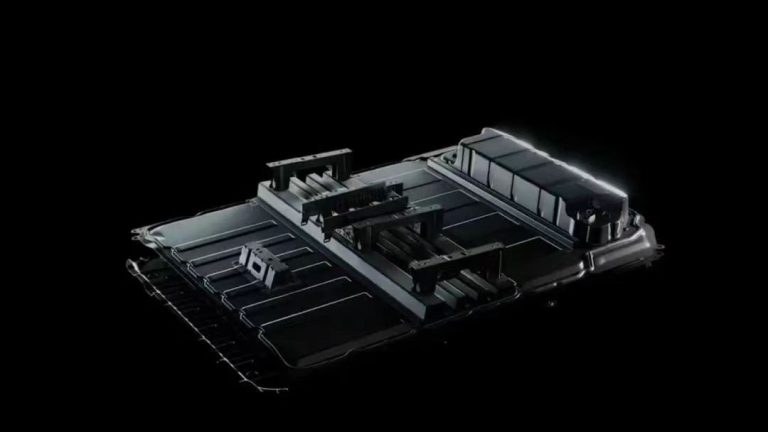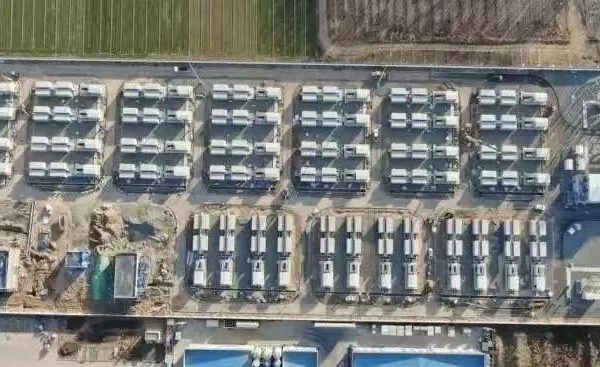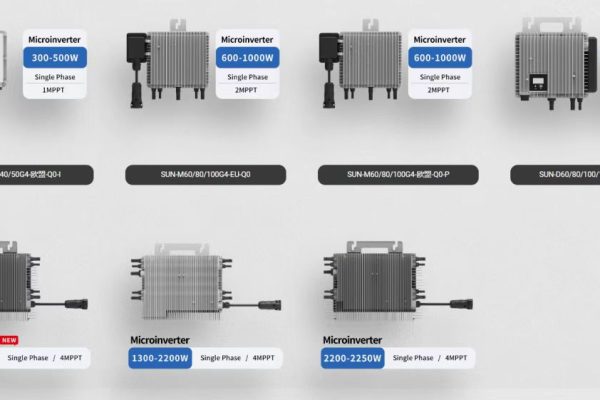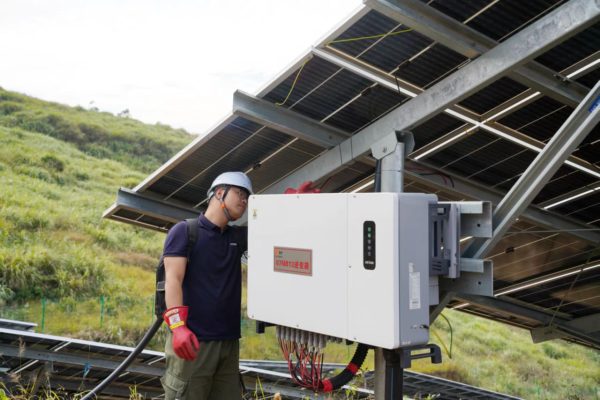What to Consider Beyond Just kW Ratings
When choosing an inverter for a home energy storage or solar system, the first question is usually: “Should I go for 3kW, 5kW, or 10kW?”
While this seems like a straightforward decision based on load size or PV system output, the real-world sizing of inverters requires much more than just matching watts.
In this article, we explain how to size a residential inverter based on actual usage patterns, battery configuration, grid rules, and long-term flexibility — especially in 3–10kW hybrid or off-grid applications.
Why Correct Sizing Matters
An undersized inverter may overload during high demand and shut down.
An oversized inverter costs more, wastes idle energy, and may trigger grid compliance issues.
For most residential users, balance is key: just enough capacity for peak loads, efficient battery use, and future-proofing without overinvestment.
Start with Load Profile, Not Panel Size
Too often, inverter sizing is based on:
“I have a 5kW PV array, so I need a 5kW inverter.”
But solar capacity does not equal load demand. What matters more is:
- Maximum instantaneous AC demand (e.g., fridge + microwave + washing machine = 4.2kW)
- Load duration (short-term spikes vs. constant base load)
- Whether loads are critical or not (backup vs. grid-only)
Tip: For homes with backup needs, size the inverter for peak backup loads, not just average consumption.
Consider Battery Charging/Discharging Power
In hybrid systems, the inverter doesn’t just power the house — it also:
- Charges the battery from PV/grid
- Discharges the battery to meet loads or export
A common mistake is choosing a 5kW inverter for a 10kWh battery without checking charge/discharge current compatibility.
Example:
- Your 10kWh LFP battery allows 1C discharge (10kW)
- But your inverter only outputs 5kW → bottleneck
- Also, inverter may limit charging to 3kW → slower recharge
Check both:
- PV input power
- Battery charging current
- AC output power (rated & surge)
Don’t Ignore Surge Requirements
Some household appliances — like pumps or air conditioners — draw 2–3x surge power for a few seconds.
Choose an inverter that can handle:
- 120–200% of rated power for 5–10 seconds
- Preferably true sine wave for sensitive electronics
📌 Example: A 5kW inverter with 10kW surge capacity can handle a water pump start-up without shutdown.
Grid vs. Off-Grid? It Changes Everything
| Use Case | Key Inverter Considerations |
|---|---|
| On-Grid + PV | PV capacity, export limit, compliance |
| Hybrid | PV + battery + grid blending, backup output |
| Off-Grid | Full load support + charging logic + fuel backup |
In hybrid and off-grid setups, inverter size must match total household load and battery power transfer needs.
In on-grid systems, local utility rules may restrict inverter output — e.g., some countries cap residential inverters to 5kW export.
Rule-of-Thumb Sizing (With Nuances)
| Household Type | Typical Load | Recommended Inverter Size |
|---|---|---|
| Small Home / Cabin | <2.5kW | 3kW hybrid/off-grid |
| Urban Apartment | 3–5kW | 5kW hybrid |
| Detached Home | 4–7kW | 5kW–8kW hybrid |
| Large Rural Home | 8–10kW+ | 8kW–10kW, possible split |
Caution: Always verify with:
- Local voltage/frequency rules
- Backup load list
- Surge loads
- Future EV or heating loads
Parallel or Modular Inverters: A Flexible Option
If your project may grow, consider:
- 2 × 5kW inverters in parallel (for redundancy and flexibility)
- A single 8kW–10kW inverter with modular battery port design
This allows:
- Easy scalability
- Better redundancy
- Multi-phase options for 3-phase loads
The Impact of PV Oversizing
Many hybrid inverters support PV input > inverter AC output.
Example: 5kW inverter with 7.5kW PV input (150% DC/AC ratio)
Pros:
- Max PV output during cloudy days
- Faster battery charging
- Better ROI
Cons:
- May need string design care to avoid clipping
- Export limits (if on-grid) still apply
- Heat management becomes important
Inverter-Battery Matching Example
Let’s walk through a 5kW/10kWh system:
- Inverter: 5kW hybrid, surge 2× rated
- Battery: 10kWh LFP, 1C max
- PV: 6kW array
Outcome:
- 5kW max load supported
- Up to 5kW battery discharge allowed
- 3–4kW PV input may cover most daylight needs
- Battery can charge/discharge at full rate
- Can backup 2–3 appliances easily for 4–6 hours
🧠 Real-world comfort, not just capacity.
Common Sizing Mistakes to Avoid
- ❌ Using inverter wattage as the only reference
- ❌ Ignoring surge or reactive loads
- ❌ Mismatching battery voltage
- ❌ Overloading backup port with whole-house loads
- ❌ Choosing inverter without BMS/EMS compatibility
Choosing the Right Inverter Partner
As a system buyer or installer, look for a vendor who:
- Can advise based on your actual site loads
- Understands hybrid/off-grid logic and local regulations
- Offers inverters matched to their own battery brands or others
- Helps configure inverter + battery communication (CAN/RS485)
You don’t need to over-engineer, but you do need alignment between:
Load ↔ Battery ↔ Inverter ↔ PV ↔ User Goals
Summary
In residential projects, inverter sizing is both technical and strategic. You’re balancing:
- Budget
- Peak power needs
- Energy independence goals
- Backup requirements
- Local compliance
Instead of just asking “How many kilowatts?”, ask:
- “What loads matter most to support?”
- “How fast do I need the battery to charge/discharge?”
- “Will this grow or stay fixed in 3 years?”
An experienced technical trade partner can help you get this right — not just with a quote, but with a real-world fit.









